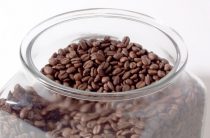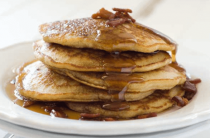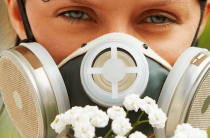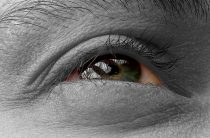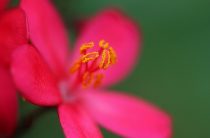It is believed that almost every fifth inhabitant of our planet suffers from allergies. There are a lot of allergens of different origin, so it can be very difficult to identify the cause of the phenomenon. The disease by its nature resembles a protective reaction of the body, when some substance is perceived as foreign, harmful. Down allergy is a fairly common type of disease, which we will discuss in this article.
Fluff as an allergen: varieties
Allergies can develop on and birds, as well as their feathers. If a person has a tendency to allergic reactions, and is constantly in contact with bird fluff, then the allergy will develop rapidly. This is already confirmed by the fact that it is the workers of garment factories and poultry farms who most often suffer from its manifestations. Gradually, these professional groups develop allergic alveolitis. This condition is characterized by chronic inflammation of the alveoli.
Allergy to down products
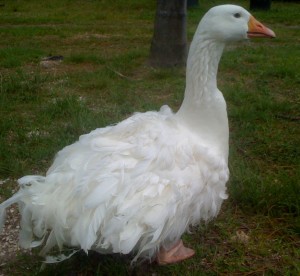 It is a mistake to think that if pillows with down filler became the cause of the reaction, then down is to blame. In fact, in such a situation, the household mite acts as an allergen. To date, the best measure to prevent such an allergy is to replace down products with bedding with artificial fillers. They are not only safer, but also durable and convenient to use. Many manufacturers make hypoallergenic products.
It is a mistake to think that if pillows with down filler became the cause of the reaction, then down is to blame. In fact, in such a situation, the household mite acts as an allergen. To date, the best measure to prevent such an allergy is to replace down products with bedding with artificial fillers. They are not only safer, but also durable and convenient to use. Many manufacturers make hypoallergenic products.
If you are allergic to down products, the likelihood of a cross-reaction is high. So, in a poultry farm worker who is allergic to fluff, against the background of her professional activity, the body subsequently reacts to fluff in household use. Over time, the body, continuing to aggravate the effect of the cross-reaction, can also get intolerance to chicken eggs.
Allergy to poplar fluff
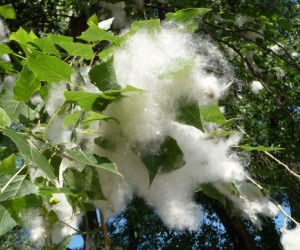 More recently, it was believed that this type of disease is the scourge of our time. In many cities, a huge number of poplars are planted due to the fact that they perfectly purify the air. But during the flowering period, a huge number of people believed that it was poplar fluff that provoked uncomfortable symptoms. To date, allergists have rehabilitated him. According to studies, the pollen of plants that it contains causes the reaction. Agree, the flowering of spring trees and flowers coincides with the flowering of poplars. Pollen settles on fluffs, then provokes allergies in people.
More recently, it was believed that this type of disease is the scourge of our time. In many cities, a huge number of poplars are planted due to the fact that they perfectly purify the air. But during the flowering period, a huge number of people believed that it was poplar fluff that provoked uncomfortable symptoms. To date, allergists have rehabilitated him. According to studies, the pollen of plants that it contains causes the reaction. Agree, the flowering of spring trees and flowers coincides with the flowering of poplars. Pollen settles on fluffs, then provokes allergies in people.
Poplar fluff carries pollen from such common plants:
- Oak;
- Spruce;
- Maple;
- Hazel;
- Birch;
- Fescue;
- Timofeevka.
The difference between the various down allergies is clear. The body's reaction to bird fluff is considered an occupational disease. It mainly worries people involved in the breeding of various bird breeds, the manufacture of feather products, fillers for down jackets. Allergy to poplar fluff is a kind of seasonal reaction (hay fever). It worries patients only during the flowering period of the allergen plant.
Symptoms
Symptoms may vary depending on the allergen. Since fluff can be of different origins, the symptoms are somewhat different. Let's look at each variety separately.
Symptoms of an allergy to feathers and down of birds:
- persistent cough;
- Sputum scanty;
- poor appetite;
- Reduced performance;
- Muscle pain;
- Dyspnea;
- Temperature within 37.5 degrees (not always).
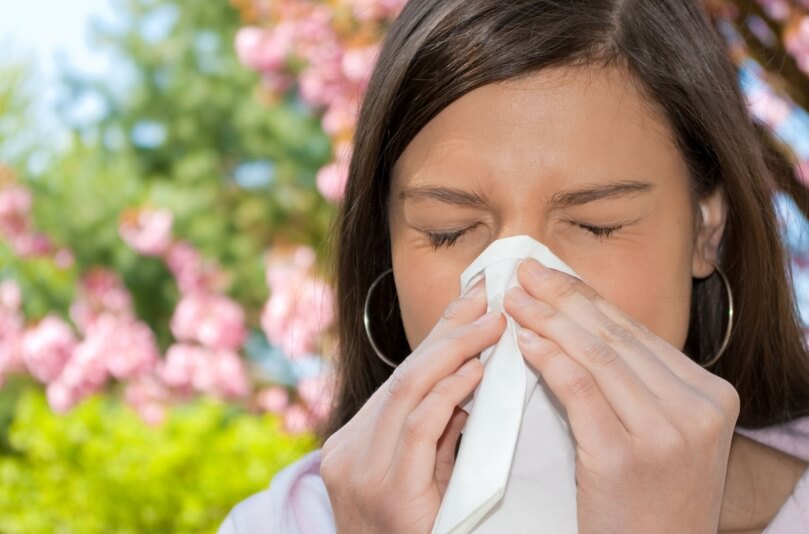
Symptoms of a seasonal allergy to poplar fluff:
- Rhinitis;
- Conjunctivitis;
- Attacks of bronchial asthma of an allergic nature;
- Rash on the skin.
Pollinosis must be distinguished from SARS. These two diseases are often confused with each other due to the similarity of manifestations. However, you can distinguish them from each other if you know how the symptoms actually differ. How to do this correctly can be understood by examining the table.
| Symptoms of Allergy to Poplar Fluff | SARS symptoms |
|
|
Fur Allergy Treatment
Before starting treatment, you need to make sure that the diagnosis is correct. To do this, you should seek medical help. Most likely, the following diagnostic methods will be used:
- General blood analysis;
- skin tests;
- Blood test for IgE content (this method is considered the most reliable).
Treatment for down allergy is not very different from treatment for other types of the disease. The first doctor prescribes antihistamines. Also, with allergic reactions, symptomatic treatment is indicated. For example, if you have a runny nose, you will need a nasal spray, and to normalize your general condition, it is advisable to take herbal remedies to increase immunity.
Additionally, with seasonal allergies associated with poplar fluff, it is worth following a diet: it is not recommended to eat too salty, smoked, fried or fatty foods, flour products. It is better to avoid walking outdoors on windy and dry days. The concentration of the allergen in this weather is the highest. After a walk in the poplar flowering season, you should immediately take a shower and put on clean clothes, as well as rinse the nasopharynx with special preparations or boiled water.


